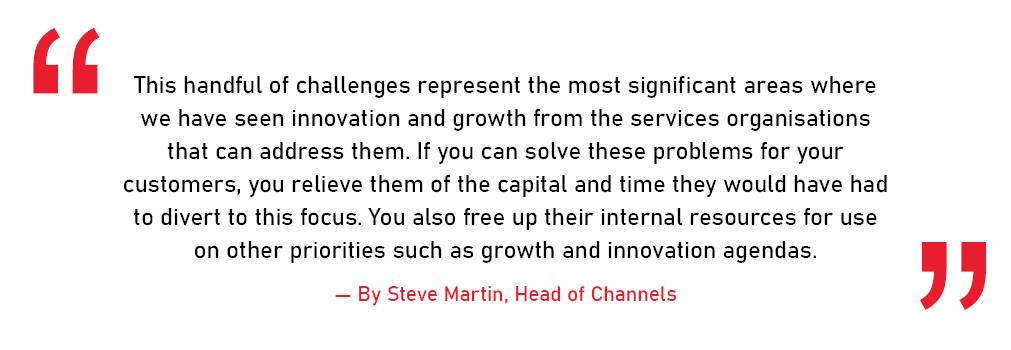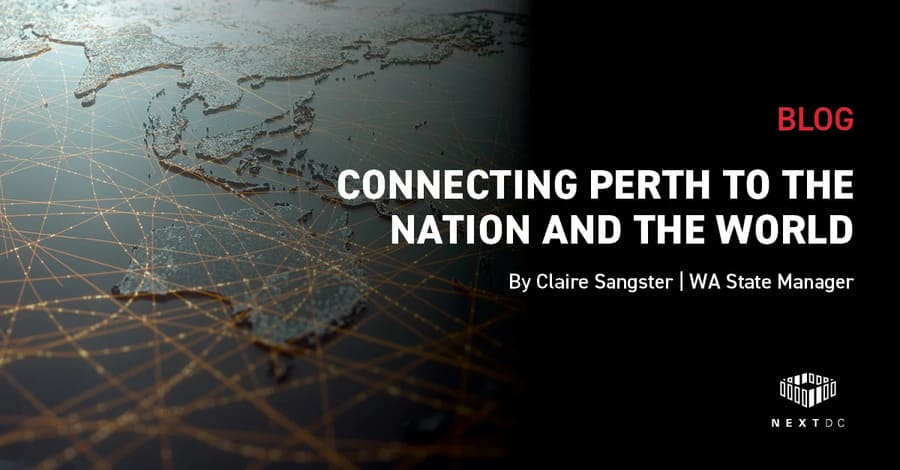By Steve Martin, Head of Channels
Most organisations have endured significant disruption since the first calendar quarter of 2020. Largely, they’ve needed the support of strategic technology partners in response to unexpected situations including displaced teams, remote customers and, in some industries, stark economic downturn.
Business continuity was suddenly a very real challenge. Everyone was compelled to urgently respond to new technology requirements and priorities while also trying to maintain some form of BAU status, quickly find their new normal, and get ready for whatever comes next.
When singing about “Ch-ch-ch-changes”, David Bowie melodically declared we should “turn and face the strange”. In current circumstances, that’s also a strategy to be applied by IT services partners in guiding their customers through the upheaval.
There are many new problems to be solved, heightened risks to be mitigated around technology downtime, and compounding volumes of data to be brought under management. These are complex challenges requiring a calculated approach.
Partnering for success
Strategic technology partners are critical to the transition currently taking shape right across the economy. Reconsideration of hosting strategies, resilience planning, interconnectivity architecture and technology risk management are top-of-the-agenda items as organisations strive to absorb the shock and rebound quickly.
There are five key challenges faced by transforming organisations that we see driving innovation and opportunity within our partner ecosystem.
1. Risk and complianceAs technology cements itself as the engine of organisational growth and innovation in our 24/7/365 global economy, downtime is expensive and something businesses avoid at all costs. Nothing less than 100% uptime should be the goal. No sporting team enters the field willingly open to conceding any score to the opposition. In the fierce competitive playground that is business in the digital era, the same ethos applies. Similarly, threat levels have escalated markedly as digital transformation accelerates. Then there’s the ever-tightening regulatory snares around enterprise operations which turns growing compliance obligations – including security, data sovereignty, sustainability, safety and quality assurance frameworks and standards – into a logistical nightmare.
2. Flexibility and agility
Change is constant. What we’ve learned over the last five years is that it’s impossible to predict what is going to happen next. Technology platforms are strategic enablers for meeting disruption, delivering the agile capability and advantage of speed, and the ability to pivot very quickly as required. Building technology platforms and services within colocated technology ecosystems unlocks limitless capability to develop, rollout, scale and secure new or extended services very quickly.
3. Data storage, accessibility and management
We’ve all heard the analysts’ predictions about growth in data; which is every organisation’s greatest asset. It needs to be efficiently and securely captured, stored and analysed often by multiple systems in disparate locations. As data volumes surge, organisations are responding to innovation around hybrid and virtual archiving. They are open to efficient and affordable back-up, redundancy and disaster recovery solutions that are easily scalable, platform agnostic and compliant with data sovereignty regulations. There is enormous wiggle room for innovation here taking advantage of flexible cloud and interconnectivity technologies.

4. Security
Protecting digital assets at the cyber and physical levels is a tense duel between malicious actors and security teams. Data breaches come with potential catastrophic consequences covering a broad range of losses including reputational damage, revenue loss and regulatory sanctions. Challenges keep evolving because the prize is so great. The barriers erected around digital assets must be as robust and innovative as the inventiveness of threat actors trying to gain access to them. Colocation is in itself a high value, foundation tool IT services providers can build upon to provide a holistic security mesh. Having physical security managed to the highest global standards is a great start to protecting customers. This security posture is bolstered further by the opportunity to take full control of direct, secure connectivity to clouds, partners and service providers wholly managed within a protected ecosystem.
5. Interconnectivity
We live in a hybridised, Multi-Cloud connected world. The value of integrating physical and virtual technologies has been proven but extracting all the potential of new infrastructure architectures depends on the resilience, flexibility and manageability of the infrastructure that underpins it all. Connectivity in the cloud era is complex and dynamic. Organisations need to have a single view across the entire network with self-managed capability to provision, scale and turn off as required under an as-a-Service model. Providing holistic control over network configuration, security, performance and resilience is an area of cloud migration where niche service providers can build unique service capabilities and add significant value to their customers’ transformation agendas.

We have been here before
Change is nothing new. History proves that great innovation and opportunity follows times of great disruption. So now is the time for IT services providers to take advantage of this quantum shift in customer requirements by leveraging the endless possibilities to create value in an interconnected Multi-Cloud future.
Any way you look at potential solutions to these speedbumps, the fastest way to achieve future readiness and “turn and face the strange” is from within a hyper-connected data centre environment that enables uninhibited access to all the clouds and services businesses need to innovate at speed.
Speak to the NEXTDC team. if you are looking to accelerate your company's innovation and migration objectives.


